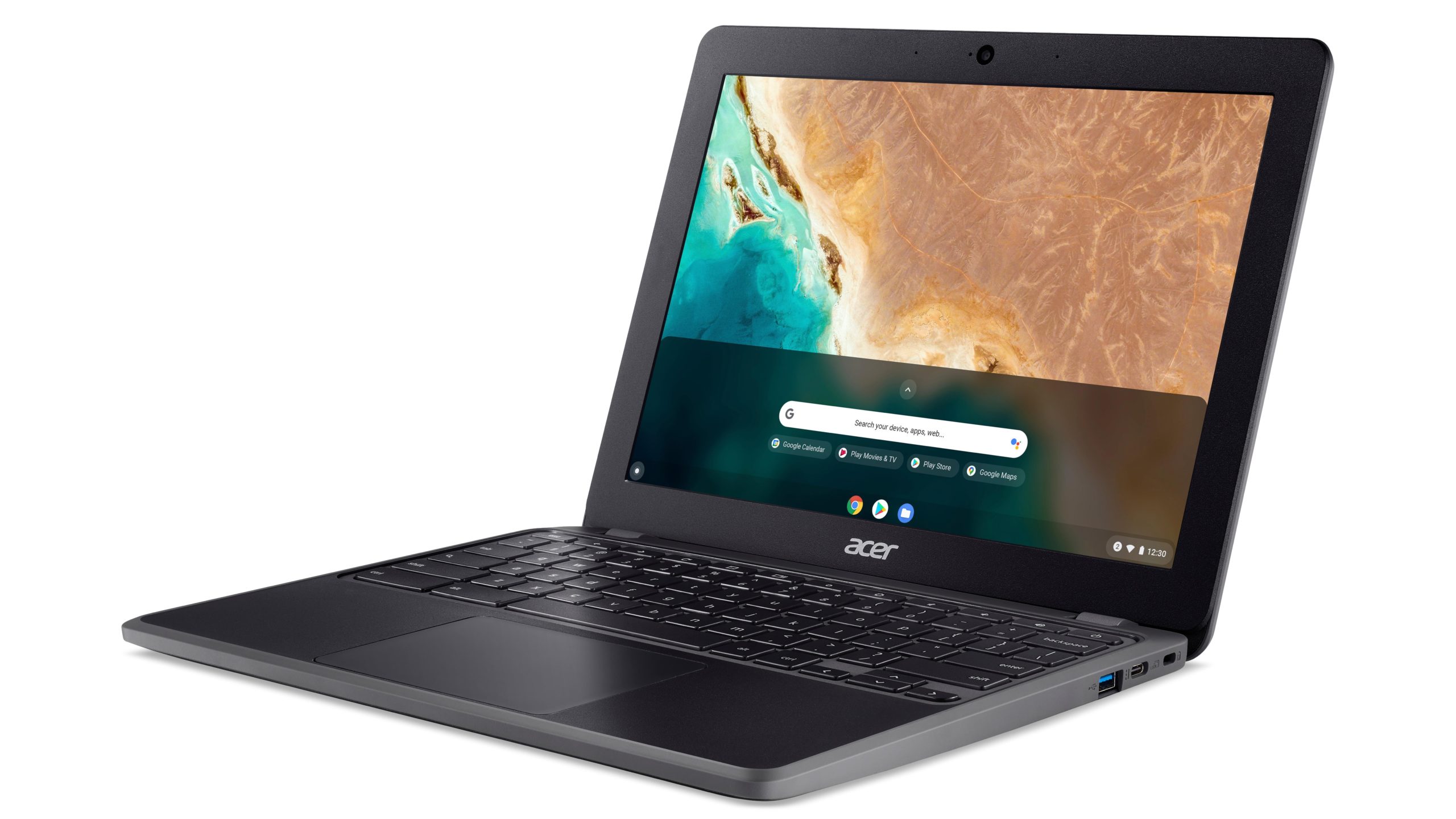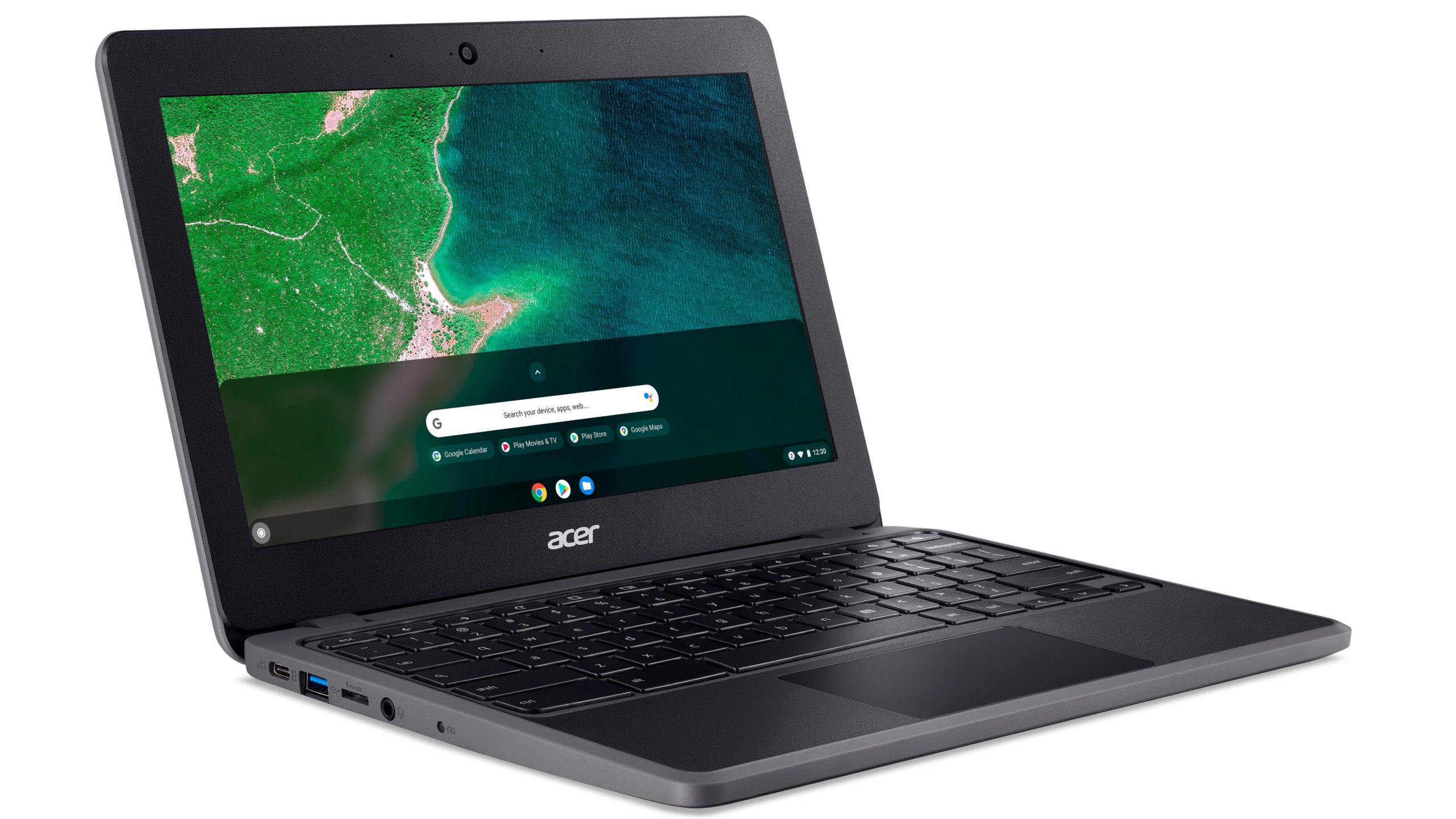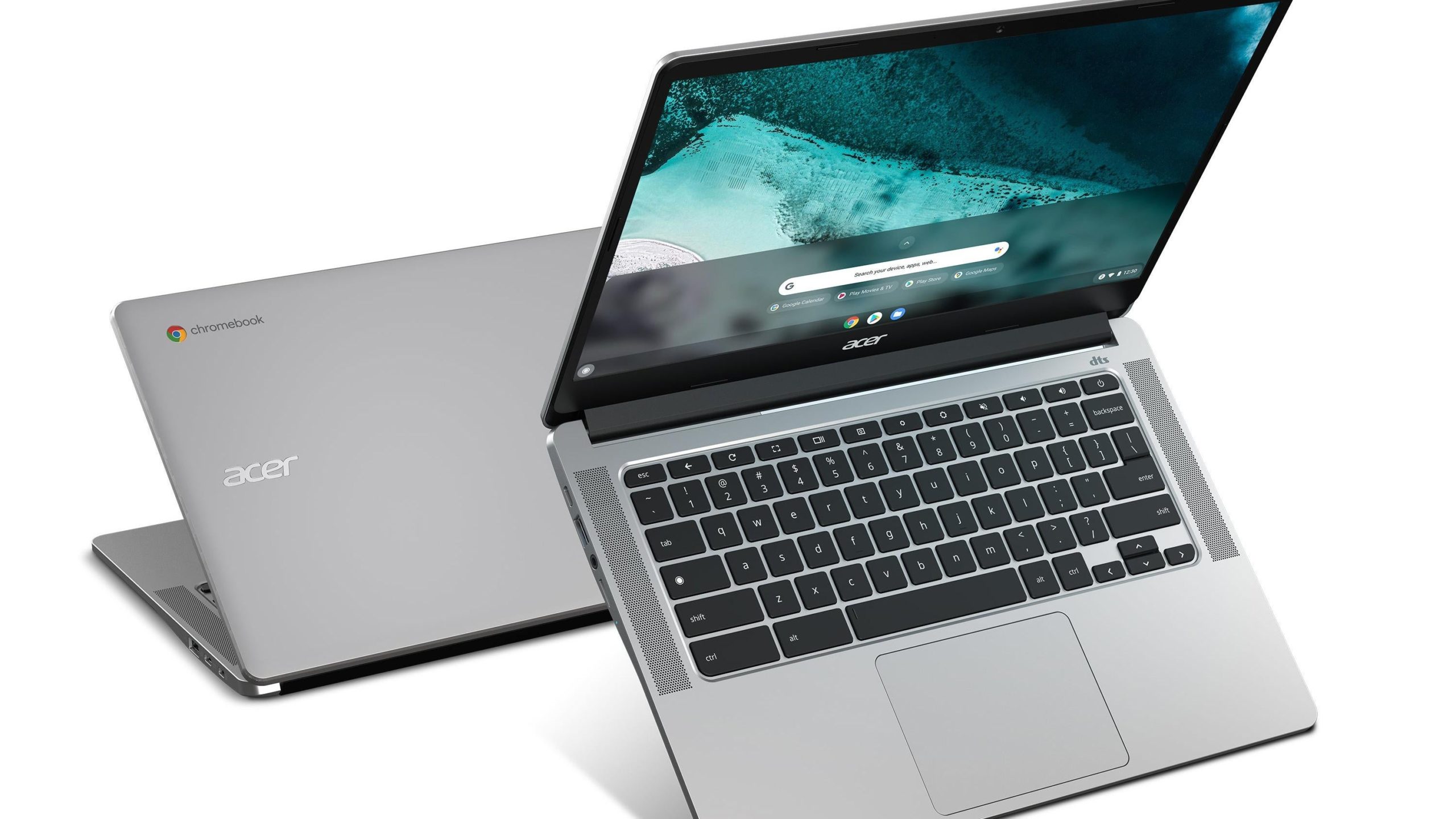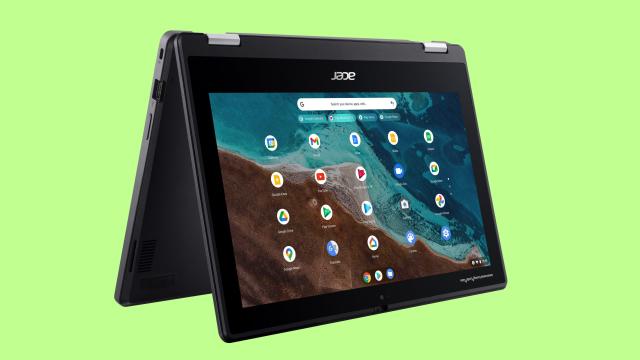Acer unveiled several Windows 11 SE laptops for K-8 classrooms earlier this month after announcing a fleet of Chromebooks prior to CES, and now the company is giving educators even more choices by launching four additional laptops running on Google’s Chrome OS.
Where the Chromebooks Acer revealed earlier this month are meant for everyday consumers with moderate budgets, the Chromebook 512, Chromebook 511, Chromebook 314, and Chromebook Spin 311 were made for younger students. These four laptops share many of the same characteristics, but a few important differences set them apart.

Let’s start with the features found across this entire lineup. Each of these notebooks comes with an “impact-resistant” chassis that meets MIL-STD 810H military-grade durability standards. This is achieved with shock-absorbent bumpers and reinforced surfaces that make them strong enough to survive four-foot drops in case a student brushes one off their desk. Each has a keyboard that can be drained so they don’t get sticky from juices and chocolate milk, and all but the Chromebook 314 have anchored keys that are difficult to pry off.
Other shared features include flexible hinges that allow you to rotate the screens back 180 degrees, or 360 degrees on the Chromebook Spin 311, the only convertible in this foursome. They also have chassis containing post-consumer recycled plastics and touchpads made from ocean-bound plastic waste. Acer calls it “OceanGlass” because it supposedly feels like glass, but don’t buy the marketing: these are plastic.

As for the differences between these — Chromebook 511 and Chromebook Spin 311 flaunt 11.6-inch, 1366 x 768-pixel displays whereas Chromebook 512 and Chromebook 314 have larger 12-inch (1366 x 912) and 14-inch, 1080p panels, respectively. And the Chromebook 512’s screen is the only one with a 3:2 aspect ratio, deviating from the typical 16:9.
The Chromebook 512, 511, and 314 are powered by Intel Celeron N4500, N5100, or Pentium Silver N6000 (512 and 314 only) processors while the Spin 311 relies on a MediaTek MT8183 CPU. Similarly, those first three devices have 8GB of RAM whereas the Spin 311 has only 4GB. And all but the Chromebook 314, which goes up to 128GB of eMMC storage, top out at 64GB.
Each of these should last you through a full school day, though the Spin 311 has the longest estimated runtimes at 15 hours whereas the Chromebook 314 (10 hours), Chromebook 511 (12 hours), and Chromebook 512 (12 hours) will power down a class period or two earlier.

Students also get a sufficient selection of ports with each of these containing at least one USB-C and one USB-C input, and with all but the Chromebook 314 (1 kg) weighing only 1 kg, they should be lightweight enough for younger children.
The Acer Chromebook 512 will arrive in January for $US349 ($484) and the Chromebook 511 launches a month later at the same price. The Chromebook 314, which has the most powerful specs and the largest display of these, will cost $US429 ($596) when it arrives in the second half of this year. You won’t have to wait so long for the Spin 311, which drops in March for $US399 ($554). It’ll be interesting to see whether educators continue to purchase Chromebooks like these or if they are tempted away by Microsoft’s new Windows 11 SE OS.
